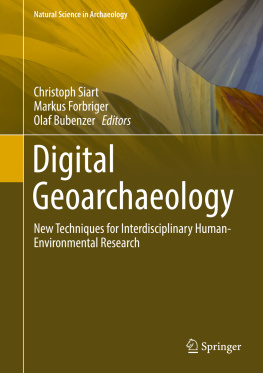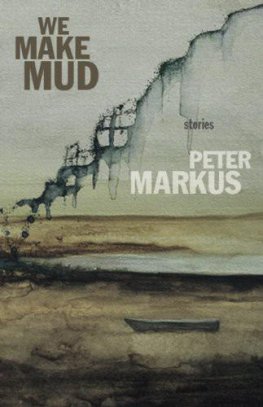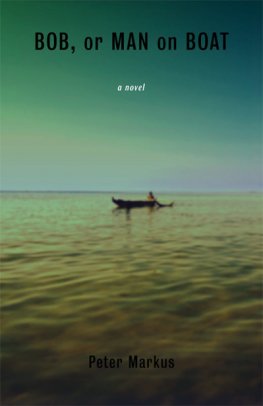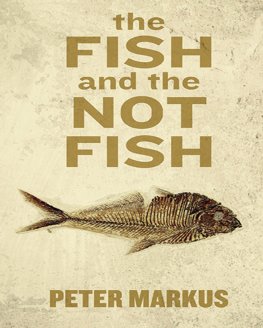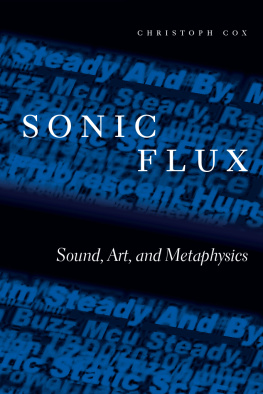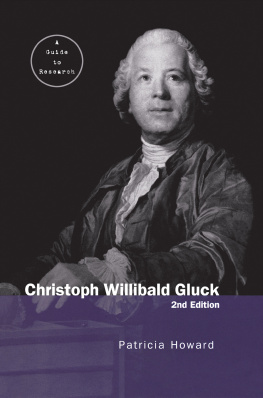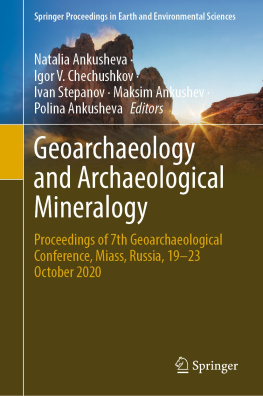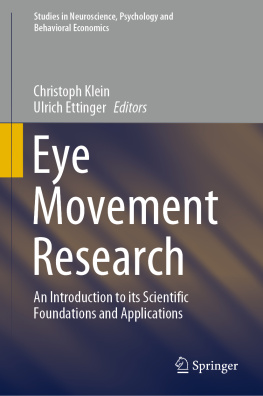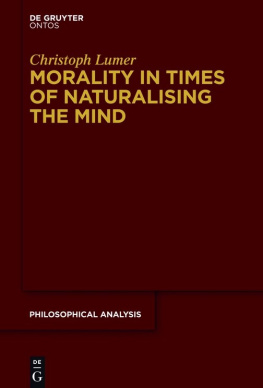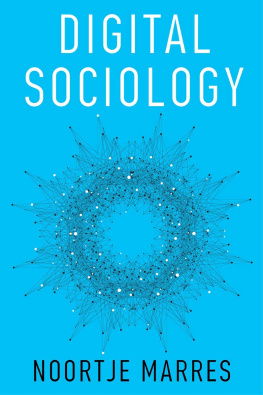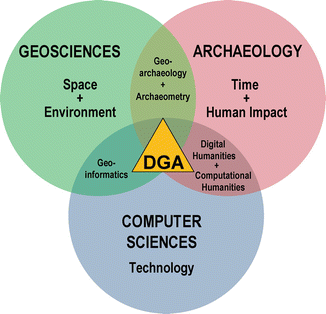1. Digital Geoarchaeology: Bridging the Gap Between Archaeology, Geosciences and Computer Sciences
Abstract
Modern archaeology increasingly crosses academic boundaries by combining different new methodologies in order to answer research questions about ancient cultures and their remains. Above all, the geosciences became an indispensable counterpart of archaeology and cultural heritage management. As to the investigation of past archaeological landscapes and palaeoenvironments, the term Geoarchaeology is commonly used, representing the utilization of traditional and the development of new geoscientific applications for archaeological purposes. In addition, computationally engaged research became absolute state of the art in modern archaeology, in geoscientific landscape reconstructions and in the deciphering of spatio-temporal interactions between man and nature. Despite this multidisciplinary constellation, the thematic and methodological overlap of humanities, natural sciences and informatics is frequently disregarded. It is beyond debate that multidisciplinary approaches, which especially emerge at the interface of adjacent subjects, substantially contribute to a better understanding of ancient landscapes, their forming processes and the resulting cultural heritage. They allow fusing complementary perspectives for the first time and therefore go far beyond unilateral research designs. Digital Geoarchaeology, which is to be established in this chapter as a new concept for the first time, can therefore be regarded as an intersection of disciplines that contributes to the consolidation of different academic perspectives. It represents a novel approach in terms of computer scientific methods combined with geoscientific know-how and archaeological expertise to multi-methodically investigate past human-environmental relationships. Accessing this multidisciplinary interface helps overcome potentially restricted, monodisciplinary perceptions and provides new forms of unbiased approaches for investigating the interplay of man and nature. Thus, closer collaboration and dialogue across disciplinary boundaries will offer promising prospects for future research at the human-environmental interface.
1.1 Introducing the Concept of Digital Geoarchaeology
Modern archaeology increasingly crosses academic boundaries by combining different new methodologies in order to answer research questions about ancient cultures and their remains. On the one hand, this development is attributed to the fact that human impact and environmental conditions are more and more considered coherent within the context of integral landscape reconstructions. On the other hand, it is the substantial technological progress made during the last decades that fostered this progression. Above all, the geosciences became an indispensable counterpart of archaeology and cultural heritage management. As to the investigation of past archaeological landscapes and palaeoenvironments, the term Geoarchaeology (or Archaeometry , if with a broader natural scientific focus; see Reindel and Wagner ), it represents the interface between geosciences and archaeology and aims at contributing to the solution of cultural-historical questions.
In contrast to this conventional perception , we intend to go one step further by also taking account of the digital dimension of human-environmental studies and thereby aim at highlighting the frequently disregarded thematic overlap of humanities, natural sciences and informatics (Fig. ). Yet, when considering the status quo, comprehensive collaboration between archaeology, geosciences and informatics is still rare, even though useful synergies could be generated for all parties concerned. It is beyond debate that multidisciplinary approaches , which especially emerge at the interface of adjacent subjects, substantially contribute to a better understanding of ancient landscapes, their forming processes and the resulting cultural heritage. They allow fusing complementary perspectives for the first time and therefore go far beyond unilateral research designs.
Fig. 1.1
The interdisciplinary intersection that defines the concept of Digital Geoarchaeology (DGA) . While archaeology generally determines the historical context and the corresponding time slice, geosciences refer to the spatial and environmental dimension of studied objects. No less important is the use of computer-aided tools, particularly as to post-processing and fusion of archaeological and geoscientific datasets. This is why computer science functions as the technological backbone in DGA. Yet, all three domains are to be understood as equal and co-depending, even though each one may have a different share. Their methodological inventories can be combined in due respect of the scientific question to be unravelled (see Figs. for details on workflow and applications of DGA)
Considering the common scientific discourse, the mutual benefits of integral research have not been fully explored yet. In fact, several similar trends and developments can be observed amongst different subjects, e.g. an increase of both the quantity and the quality of geoinformatic applications, but almost all of them happen separately within narrow disciplinary boundaries. In archaeology, for example, integration and consultation of geoscientific know-how is still the exception rather than the rule. This fact is mainly caused by the great progress archaeologists made themselves in using and developing further their own digital techniques over the last decades (Forte and Campana ). As almost every archaeological dataset is or can be georeferenced, and therefore owns a quintessential spatial attribute, allowance of profound geoscientific contribution could be an asset to better understand human-environmental interactions during specific time slices.
On the contrary, geoscientists generally need sound archaeological records to fully understand landscape evolution and natural processes in space and time. Now this is where the humanities represent a crucial component, because they help to identify the human impact and its historico-cultural implications for the environment. The Working Group on Geoarchaeology of the International Association of Geomorphologists (IAG) and the German Working Group on Geoarchaeology (AK Geoarchologie) as part of the German Society for Geography are only two examples, which illustrate the increasing significance of archaeological know-how in human-environmental research. However, both are predominantly driven by geomorphologists and only to a minor degree by archaeologists. Here, too, collaboration mostly corresponds to Geoarchaeology sensu originali , in which human impact on the environment is considered key, but joint research on the basis of digital applications is rare to non-existing. Vice versa, there are also several archaeological working groups with explicit foci on computationally engaged research, such as Computer Applications and Quantitative Methods in Archaeology (CAA) (AG CAA in Germany). Most of them are successfully promoted by archaeologists, mathematicians and computer scientists, whereas it is the geosciences that remain underrepresented despite similarities in research interests and applications.

